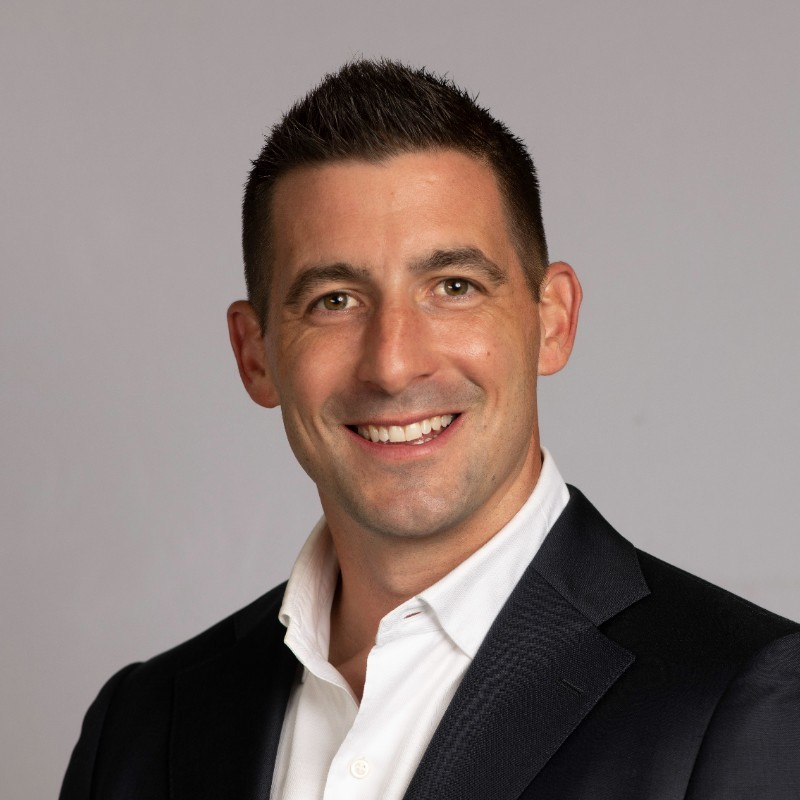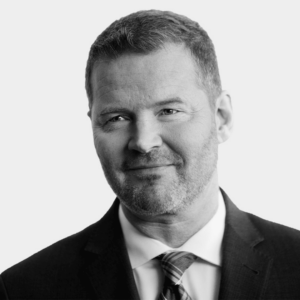Best Cleaning Practices to Prevent the Spread of Infection at Your Senior Care Facility
Cleaning is an essential part of a senior care facility’s daily operations, and it plays multiple critical roles. The pandemic highlighted the importance of cleaning procedures in lowering risk for not only residents, but also staff and visitors. As new knowledge and technology influences ideal cleaning procedures, it’s important to revisit your facility’s cleaning practices to make sure they’re up-to-date and that you’re choosing products that are both effective and safe.
The Importance of Cleaning in Senior Care

Daniel Lawson, co-founder and president of business affairs at Viking Pure Solutions
Effective cleaning and disinfecting programs have multiple important purposes in senior care settings. Not only do these programs help to remove germs to support residents’ health, but they support caregivers too. “Effective cleaning programs also significantly benefit front line workers by simplifying the approach to their daily responsibility to create a safe and clean space, while not sacrificing their health,” says Daniel Lawson, co-founder and president of business affairs at Viking Pure Solutions. “We are learning more and more about the long-term effects that traditionally-used harsh and toxic chemicals can have on the health of the people that use them.”
Lawson notes that cleaning practices can also have important financial implications by helping to preserve investments made in senior care facilities. “Millions of dollars are invested in these properties, with many having elaborate and expensive materials, furniture, and finishes to add to the environmental aesthetic of a community,” he says. An effective cleaning program can reduce the total chemicals needed in a facility, and carefully chosen cleaning chemicals can replace products that might eventually damage expensive finishes, promoting their longevity and the overall community appearance.
Choosing the Right Cleaning Products
An effective cleaning program starts with strategic product selection, and it’s important to choose products that are not only effective, but safe for the senior care environment. “Any chemical whose provided SDS sheet states any potential hazardous risk when not diluted properly, or when it contacts skin, eyes, or lungs would potentially be very dangerous for residents and those responsible for using these chemicals,” explains Lawson. “Generally speaking, products that contain chemicals such as quats (quaternary ammonium compounds), bleach, hydrogen peroxide, or ammonia should be avoided because of their hazards.”
He encourages senior care facilities to instead source “Ready to Use” products that don’t require any handling of concentrated chemicals or manual dilution to a proper concentration. Look for products that have multi-purpose applications where one solution can serve multiple needs. Lawson encourages facilities to choose chemicals that possess four zeros on the hazard identifier page of the SDS sheet. He also notes that by choosing products that can be generated in unlimited amounts on site, a community won’t rely on monthly ordering and a supply chain.
Designing an Effective Cleaning Program
When designing a cleaning program, Lawson emphasizes the importance of simplifying procedures and product choice. “Limit options for staff, and train staff on effective practices for purposes of infection prevention,” he says. “Look beyond chemicals and invest in healthcare quality microfiber that is both color-coded (different color for bathroom vs. common area, for example) and capable of proper removal of soil/germs from surfaces. Communities should also look for industry partners that aren’t simply monthly order takers and will instead invest man hours in complimentary training and education for staff, residents, and family members.”
He notes that it’s possible to visually evaluate the efficacy of a cleaning program. If staff aren’t cleaning well enough, or if the products they are using are ineffective or at an incorrect concentration, issues like sticky floors, residue on surfaces, and streaky windows will be apparent.
“Disinfection efficacy can be more difficult to assess because of unseen germs and biofilms that may not be apparent to the eye,” says Lawson. “Start by ensuring staff are following product instructions correctly, and then use other tools such as ATP testing to measure invisible contaminants.”
The Enhanced Importance of Cleaning
“COVID opened the industry’s eyes to a lot of discrepancies in infection prevention,” Lawson explains. “It also brought a lot of attention to the disadvantages of using traditional cleaners and disinfectants within a community. Because the industry is now cleaning more than ever, and will be required to for the foreseeable future, preservation of the investment of these communities needs to be of paramount importance.” Communities need to look at ways to become automated, sustainable, and prepared for future outbreaks. “There are amazing technologies and service providers out there, like Viking Pure, positioned perfectly to meet those needs.”

Paige Cerulli is a contributing writer to i Advance Senior Care.
Related Articles
Topics: Facility management , Featured Articles , Infection control , Operations , Risk Management , Training











